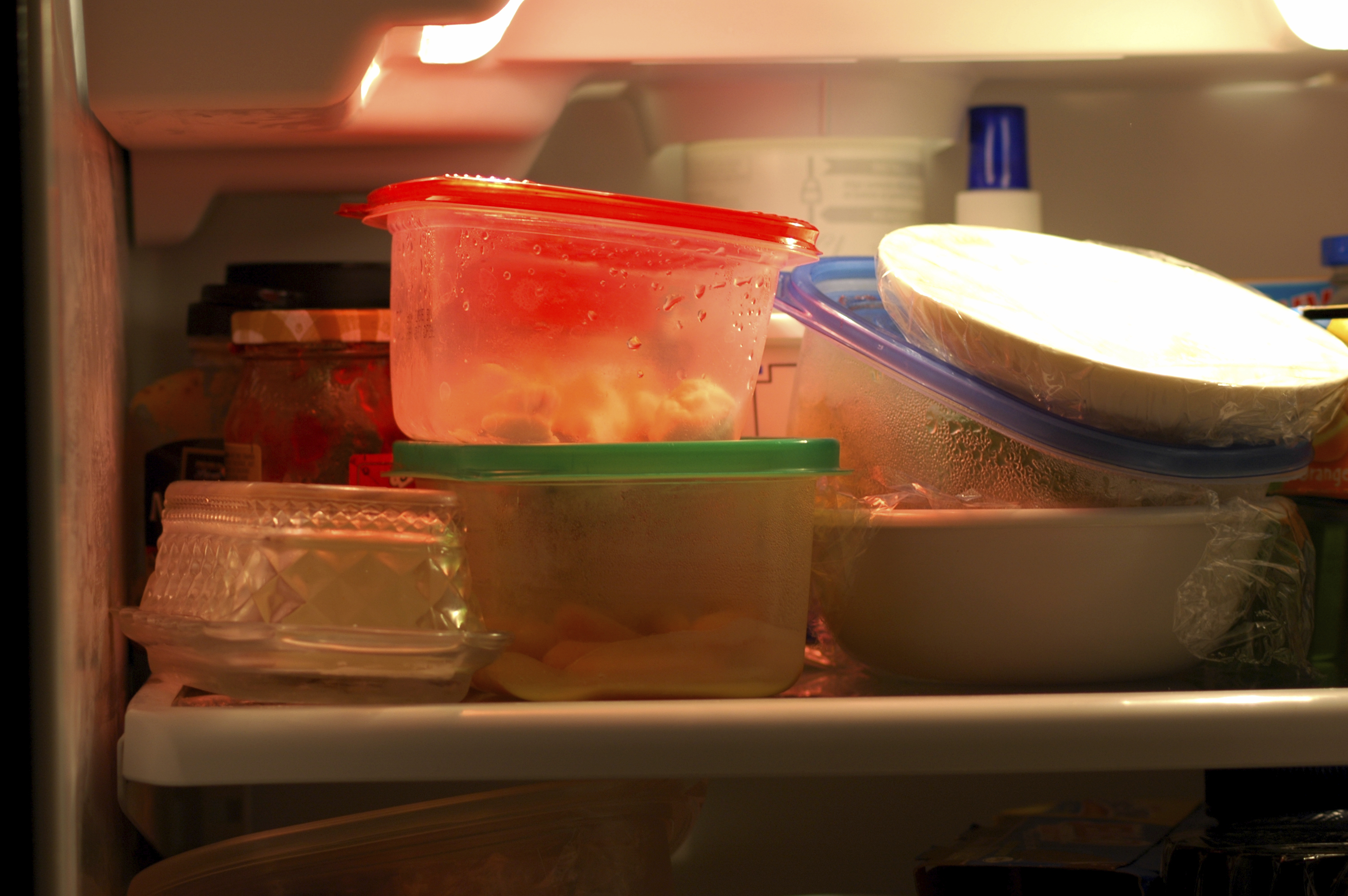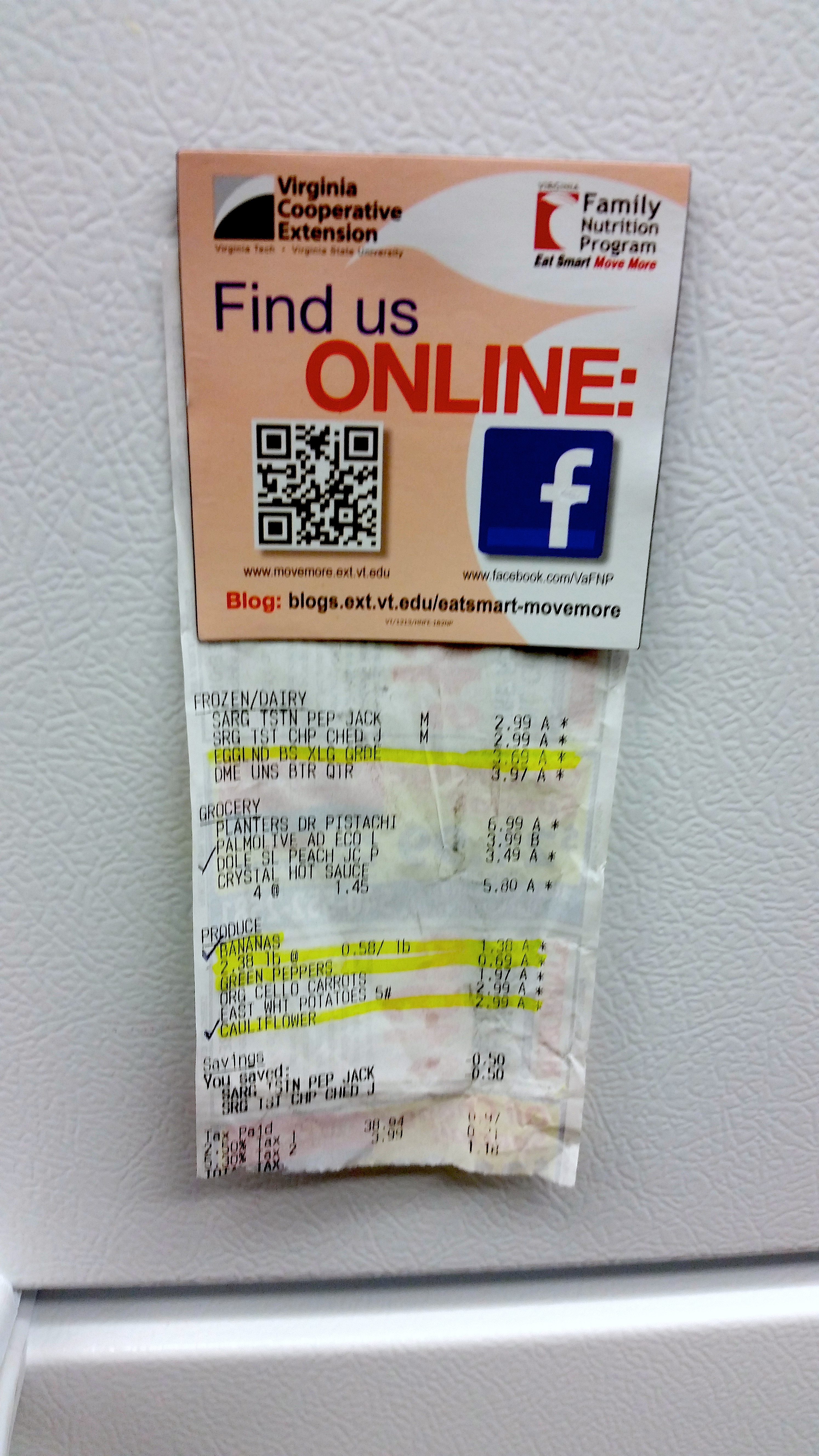Wasting food is like throwing money in the trash. USDA estimates that 31% of all the food in the United States gets thrown away. It’s important to avoid wasting food as much as possible for those of us on tight budgets so that we get the most nutrition from our food purchases. And reducing the amount of food waste that ends up in landfills is good for the planet, too.
We never go shopping with the intention to buy food we won’t use. So how can we cut back on the amount of food that gets thrown away in our homes? These are some of the tips I use, as well as some recommendations from USDA and others.
Start with a plan!
This shouldn’t be a surprise, but meal planning is the most basic step in reducing food waste and sticking to a grocery budget. When you’re planning, schedule meals with fresh produce or meat earlier in the week and use frozen or canned items later. This will help you use up perishable items first, before they have a chance to go bad.
Another important aspect of reducing food waste is the proper disposal of food scraps. Instead of throwing them in the trash, consider composting them. Composting not only reduces waste but also creates nutrient-rich soil for your garden. If you don’t have the space for a compost bin, you can look into community composting programs or utilize a food waste dumpster service like https://grissmandumpsters.com/ which offers organic waste recycling. By composting food scraps, you can reduce your carbon footprint and contribute to a more sustainable future.
You should also make a plan for leftovers, so they get used instead of sitting around until mold starts growing. I try to plan enough for dinner to have leftovers for lunch the next day. Less cooking, less waste, and less eating out = Win, Win, Win! You can also add a leftover night to your meal plan to help clear out the fridge.
When you’re making your meal plan, shop your pantry and fridge first. Figure out meals that will use ingredients you already have on hand. This will make sure that food doesn’t get wasted and save you money at the store.
Stay organized!
If your fridge is crammed full of a jumbled mess of leftovers, recent purchases, old condiment bottles, and who knows what else, it’s hard to know what food needs to get eaten quickly, before it goes bad, or even what food has already gone bad.
Use this post as a reminder to give your fridge a deep clean so you can start fresh. (Keeping a clean fridge is also important for food safety!) Then reorganize your fridge so that you know exactly where your leftovers go, and where your fresh produce is. Some people keep a small tray or basket in their fridge for all the food that needs to get eaten ASAP.
I like to make a list of what perishable foods I have in the fridge and freezer. I hang it on the fridge door so that I can easily see what I have and mark things off as I use them. This has helped me use more of my food before it goes bad. Alternatively, some people use their grocery receipts instead of writing out a list. You can highlight your perishable foods and keep track of what’s still left in the fridge.
Know when to toss it!
Knowing how long food will last after you buy or open it can help you know how quickly to use it or throw it out after it’s not safe to eat. This chart from our friends in North Dakota can help. It’s very long, but covers almost any food you could think of. Fortunately, USDA recently released a brand new smartphone app called “FoodKeeper” that can help you keep track of all this information and more! I haven’t used it much yet, but I’ll let you know how I like it in a future post.
How much food do you end up throwing out- a lot or a little? How many of these tips do you use already? Do any of these seem like they’ll help you waste less food? Share your thoughts with us in the comments.


